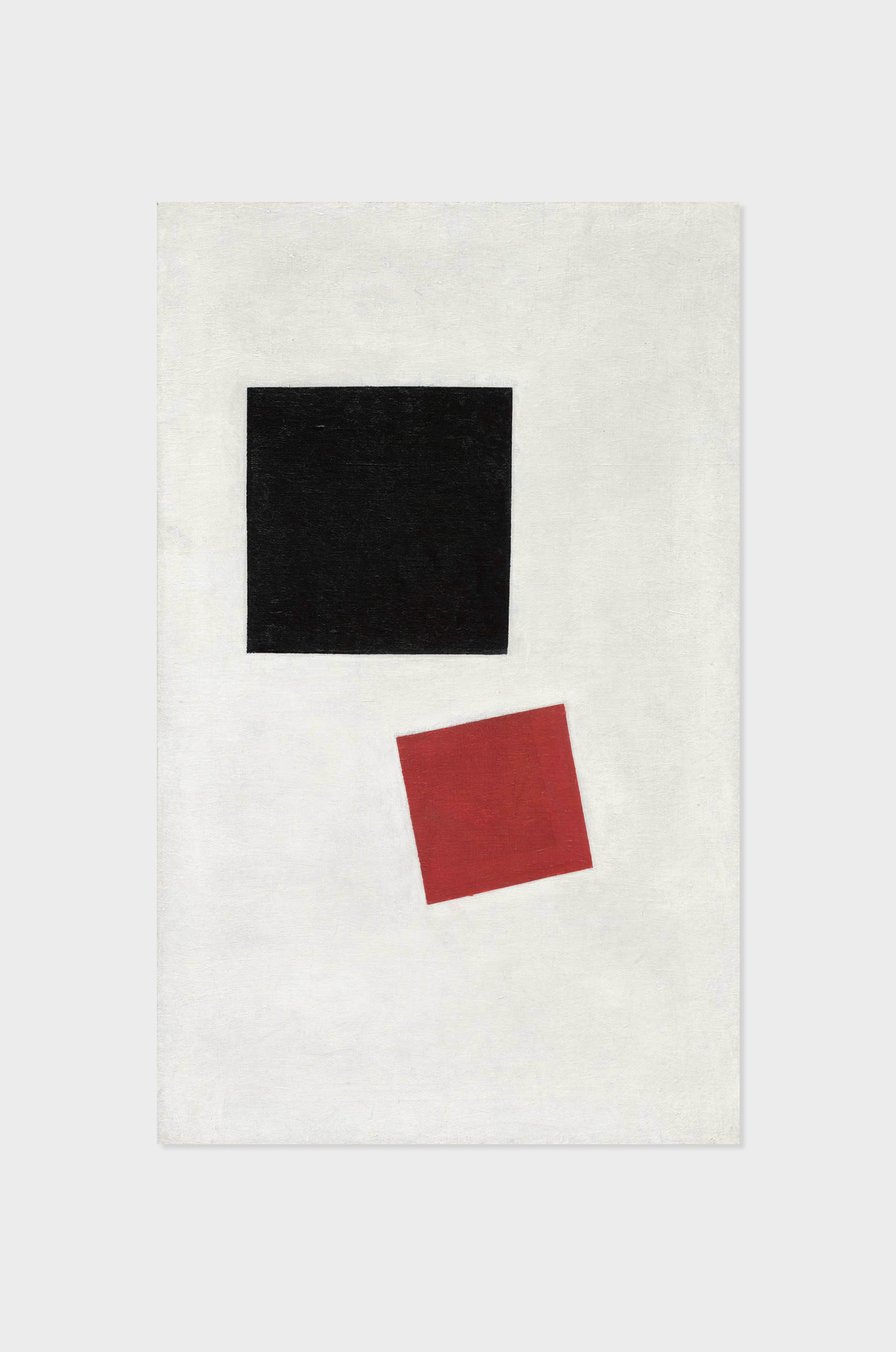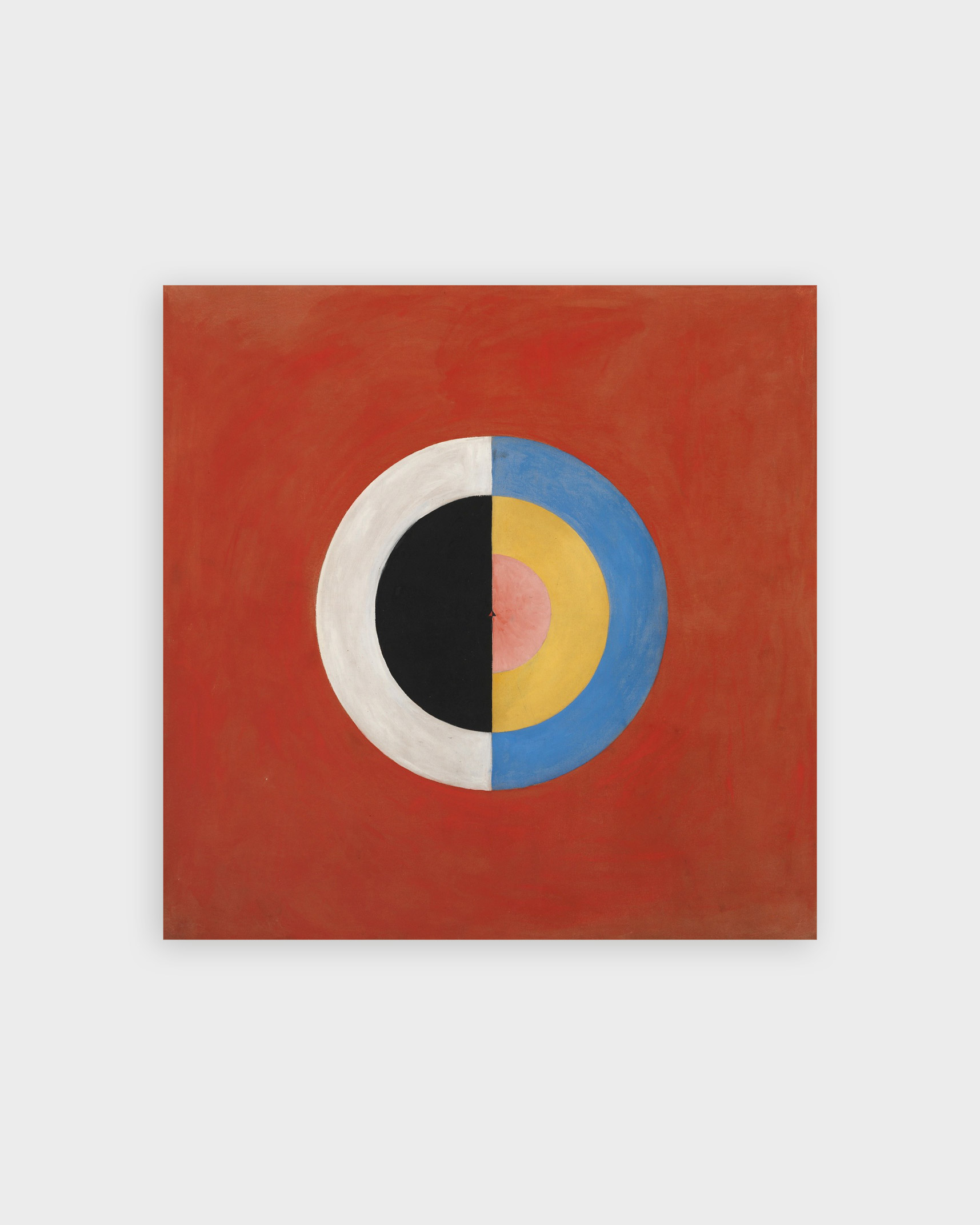Abstract art is a collective term for various art movements that detached from traditional and representational depictions of the real world. It not only expanded the boundaries of painting and sculpture but also redefined the role of the artist and his relationship with the world.
Yet abstraction is by no means an entirely new concept in art. Its roots reach back to the early beginnings of human civilization. We already find signs of abstraction in prehistoric cave paintings and in the geometric ornaments of ancient cultures. But it was not until the 20th century – a time of upheaval and revolutionary change – that abstract art developed into an independent, influential, and provocative movement.
The history of abstract art is inseparably linked with the names of artists such as Wassily Kandinsky, Piet Mondrian, Hilma af Klint, and Kazimir Malevich. These pioneers – and many other artists of their time – turned away from representational depiction and led the viewer into a world without objects, recognizable forms, and narrative structures. Even though Kandinsky liked to claim that he was the first to paint an abstract picture, this is not quite true: The artist Hilma af Klint painted the first series of small-format abstract paintings entitled “Primordial Chaos” in 1906.1
Nevertheless, Wassily Kandinsky is considered today as one of the pioneers of the movement. In 1913, he created a completely abstract work with the watercolor “Untitled (First abstract watercolor)”. He was not interested in depicting external reality, but in visualizing the “inner sound” – an idea that ties in with the romantic notion of the artist as a medium for deeper, underlying truths.2,3


Kazimir Malevich‘s “Black Square” from 1915 also marked a groundbreaking development in the history of abstract art. With its reduced aesthetics, the work challenged the conventional rules of representational art. The exhibition “0.10” in St. Petersburg, where the work was presented, shocked the public but was a turning point in abstract painting. A strong connection was established with emerging movements such as De Stijl and Bauhaus, which further developed the principles of abstraction and applied them in new contexts.
In the 1940s, Abstract Art underwent a significant development that shifted the artistic center to America. Due to World War II, numerous talented European artists were forced to leave their home countries and seek refuge in the United States. Many of them taught at art schools there, exerting a significant influence on the American generation of artists and contributing to the emergence of a diverse art scene in the United States.
Abstract painting is not just another school or movement or style but the first truly unmannered and untrammeled and
Ad Reinhardt
un-entangled, styleless, universal painting.
In New York in the late 1940s, a group of artists finally developed that strove for new ways of expression. This period saw the emergence of Abstract Expressionism, which explored further facets of non-objective art. Representatives of this movement, such as Jackson Pollock, Barnett Newman and Ad Reinhardt, focused on a direct, emotional, and intellectual interaction with the viewer. This relationship manifested itself less through visible forms and more through the invisibility of ideas and concepts.
As a counter-movement to Abstract Expressionism, Minimal Art gained importance in the 1960s as another movement within Abstract Art. Artists such as Donald Judd, Agnes Martin, Dan Flavin, and Frank Stella embodied this genre, which was characterized by simple forms and a reduced color palette.
Despite the various movements and different approaches, abstract art remains a unique testimony to artistic freedom. It is a plea for the purity of artistic vision, for the essential and the unadulterated. It is an invitation to engage with the invisible and the unknown and to challenge the limits of one’s own perception and interpretation.
Abstraction has always been around, since the drawings in the caves. It exists in all cultures all over the world.
Brice Marden about Abstract Art
I think that Abstract Art carries the potential to make each viewer feel and think something different, and allows for a limitless spectrum of interpretation. (I wrote more on this topic here) It is an important voice in the art world, challenging us to think about the nature of art, perception, and beauty, and to open our minds to the infinite possibilities of human creativity.
If you want to learn more about the connections of the artists and movements within Abstract Painting, I recommend this interesting visual representation from MoMa (Whereby I must mention that Hilma af Klint is completely missing in this representation): https://www.moma.org/interactives/exhibitions/2012/inventingabstraction/?page=home


